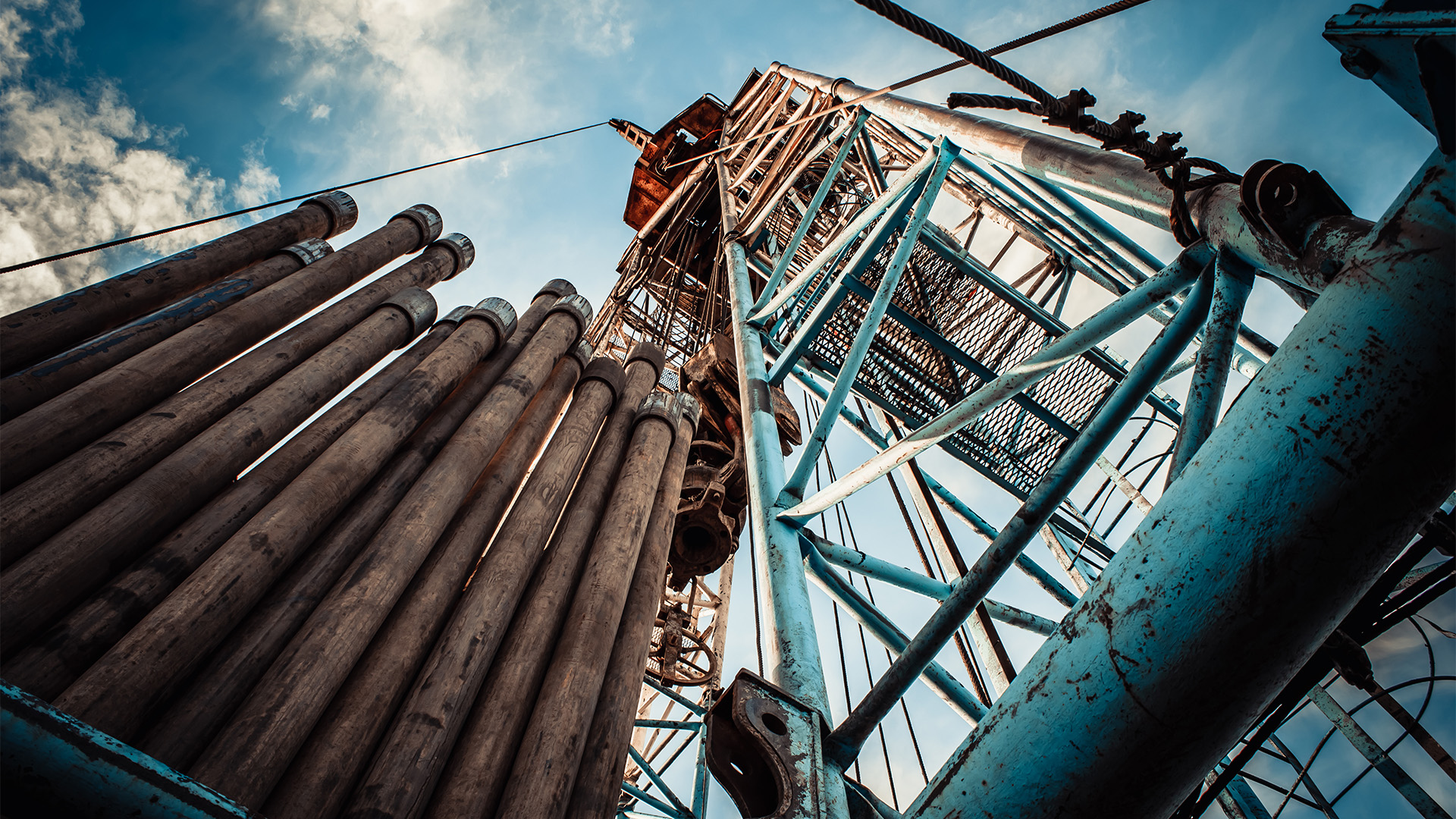The shale industry is witnessing a rapid decline in rig count, reminiscent of the height of the Covid-19 pandemic, despite favourable oil prices.
This downturn tells a story of contrasting fortunes between the haves and the have-nots. Private companies, which raced to add rigs as the pandemic waned, have now depleted many of their most lucrative wells, compelling them to decelerate their operations.
Meanwhile, their larger public counterparts, equipped with substantial inventories of premium undrilled wells, are not adjusting their drilling programs.
According to David Deckelbaum, an analyst at investment bank TD Cowen, the number of rigs drilling for oil and gas has dwindled to around 670 from approximately 800 at the start of this year, with private drillers accounting for approximately 70% of the reduction.
This slowdown is anticipated to result in tepid growth in US crude production for the remainder of the year. Although major public companies are not shedding oil rigs, they are not experiencing rapid expansion either, as they adhere to investors' calls for capital restraint.
The Energy Information Administration forecasts a modest increase of fewer than 300,000 barrels per day in domestic output in 2024 compared to the current year.
Taylor Sell, the CEO of Element Petroleum, revealed that the company's break-even price, the threshold for drilling without incurring losses, has risen by $5 to $10, now ranging from $55 to $60 per barrel. Sell attributed this increase, in part, to the persistently high cost of materials such as steel pipes, which are approximately 40% more expensive than they were 18 months ago.
In December of last year, Element decided to halt its sole active rig, opting to conserve its best wells for more favourable times or a potential buyer. Sell stated, "We are not drilling right now to protect inventory," while expressing the company's intention to deploy a new rig in September to explore new acreage.
As pandemic-related restrictions were lifted and economies reopened, smaller drillers rushed to deploy rigs to capitalise on surging oil prices.
The escalation of tensions between Russia and Ukraine, propelling the US benchmark price beyond $120, led private operators in the Permian Basin of New Mexico and West Texas to seize approximately half of the rigs in the region, triggering a swift rebound in US oil production.
However, a combination of declining commodity prices and persistent inflation has dealt a double blow to private operators.
US crude prices have dropped by about 40% since their peak last year, while natural gas prices have plummeted to around $2.60 per million British thermal units, down from over $9.80 in 2022.
These dynamics have revealed that many of the remaining wells owned by private companies are not economically viable without higher oil prices, as stated by industry executives and analysts.
Steven Pruett, CEO of Elevation Resources, emphasised their increased selectivity in drilling locations, stating, "We are much more sensitive about which locations we drill." The Wall Street Journal previously reported that small frackers had largely exhausted their best wells. According to data provided by energy-analytics firm Enverus, most smaller producers in the Permian Basin have approximately six years' worth of drilling locations that can generate returns at low prices.
Consequently, private companies have significantly scaled back their activities in shale regions across the country. In the Permian Basin, the share of rigs controlled by private drillers has declined to 42%, reaching a level not seen since May 2021, according to Enverus.
Inflation and lower productivity of wells have driven up the average break-even price for companies in the Delaware portion of the Permian by more than 34% since 2021, reaching $43 per barrel, while the average break-even in the Midland region of the Permian has risen over 39% during the same period, reaching $47 per barrel, according to Enverus.
While US oil prices have hovered around $75 per barrel since the beginning of the year, providing profitability for smaller drillers, weak natural gas prices have undermined their cash flows, according to industry executives. Limited pipeline capacity has forced some companies to flare a significant portion of their gas production, which they cannot bring to market.
Public companies, on the other hand, have continued to produce crude oil despite falling prices. Although they have encountered challenges with unpredictable wells, larger producers possess the resilience to maintain profitability even during oil price declines. Pioneer Natural Resources, EOG Resources, and Devon Energy have all stated that their break-even prices are below $50 per barrel.
Investor-imposed austerity measures have prompted public producers to forego unchecked debt-fueled growth and instead pursue conservative production strategies, prioritising cash distribution to shareholders. This prudence has strengthened their balance sheets, enabling them to weather the impact of inflation and fluctuations in commodity prices.
One consequence of this disciplined approach is the reluctance of public frackers to retire rigs. Cutting back on rigs would result in a reduction in production relative to the cost savings, according to Jay Saunders, a managing director at asset-management firm Jennison Associates. Saunders stated, "Producers fought for these efficiencies, and they don't want to give them up."
Public executives have signalled that inflation within the oil industry has started to subside and that the tight market for labour, fracking pumps, and rigs appears to be easing. In May, Mike Henderson, the executive vice president of operations at Marathon Oil, informed investors that they were benefiting from more experienced crews and better equipment.
Analysts suggest that this improving outlook has motivated many public companies to retain their rigs, anticipating lower drilling costs in the coming year.














